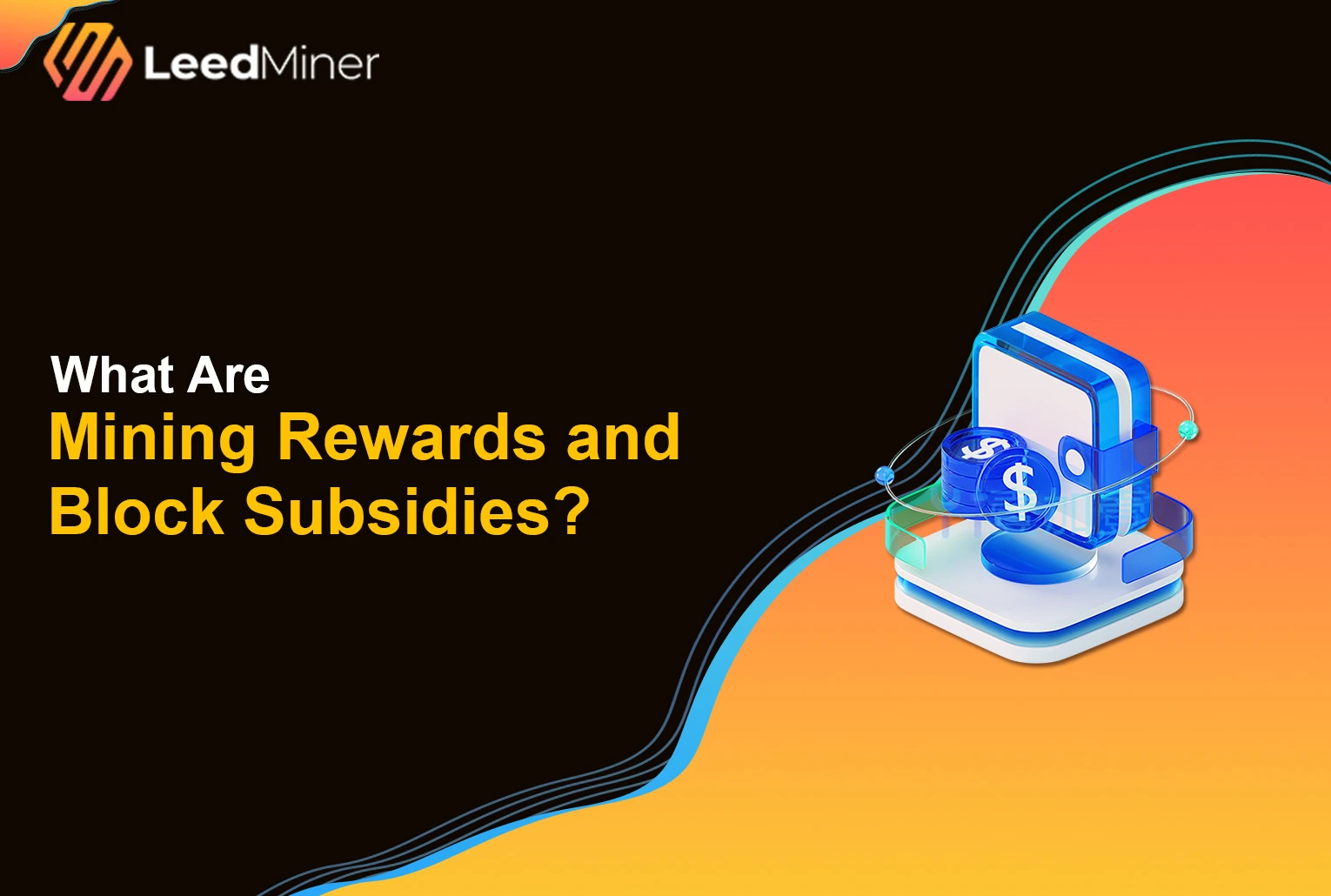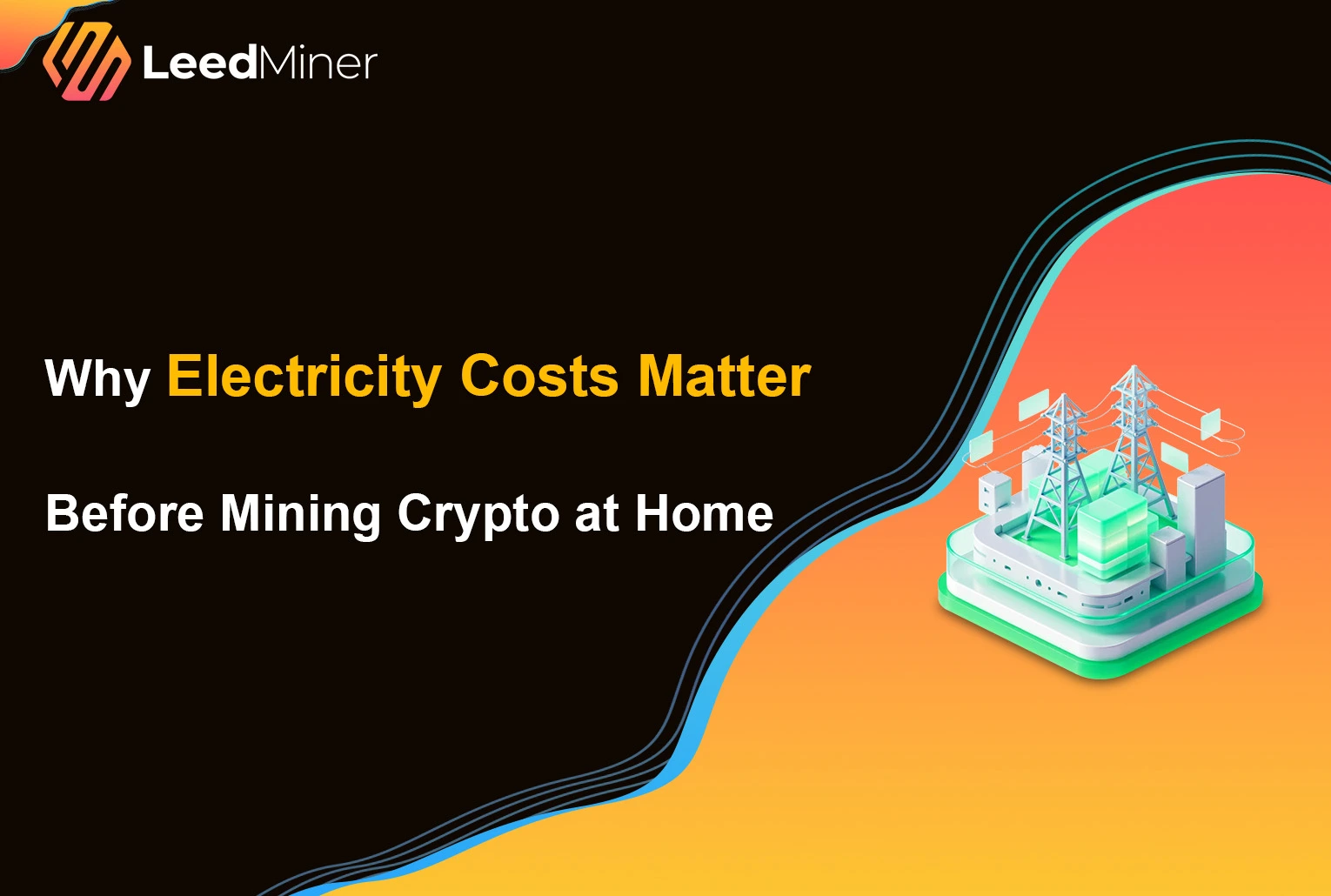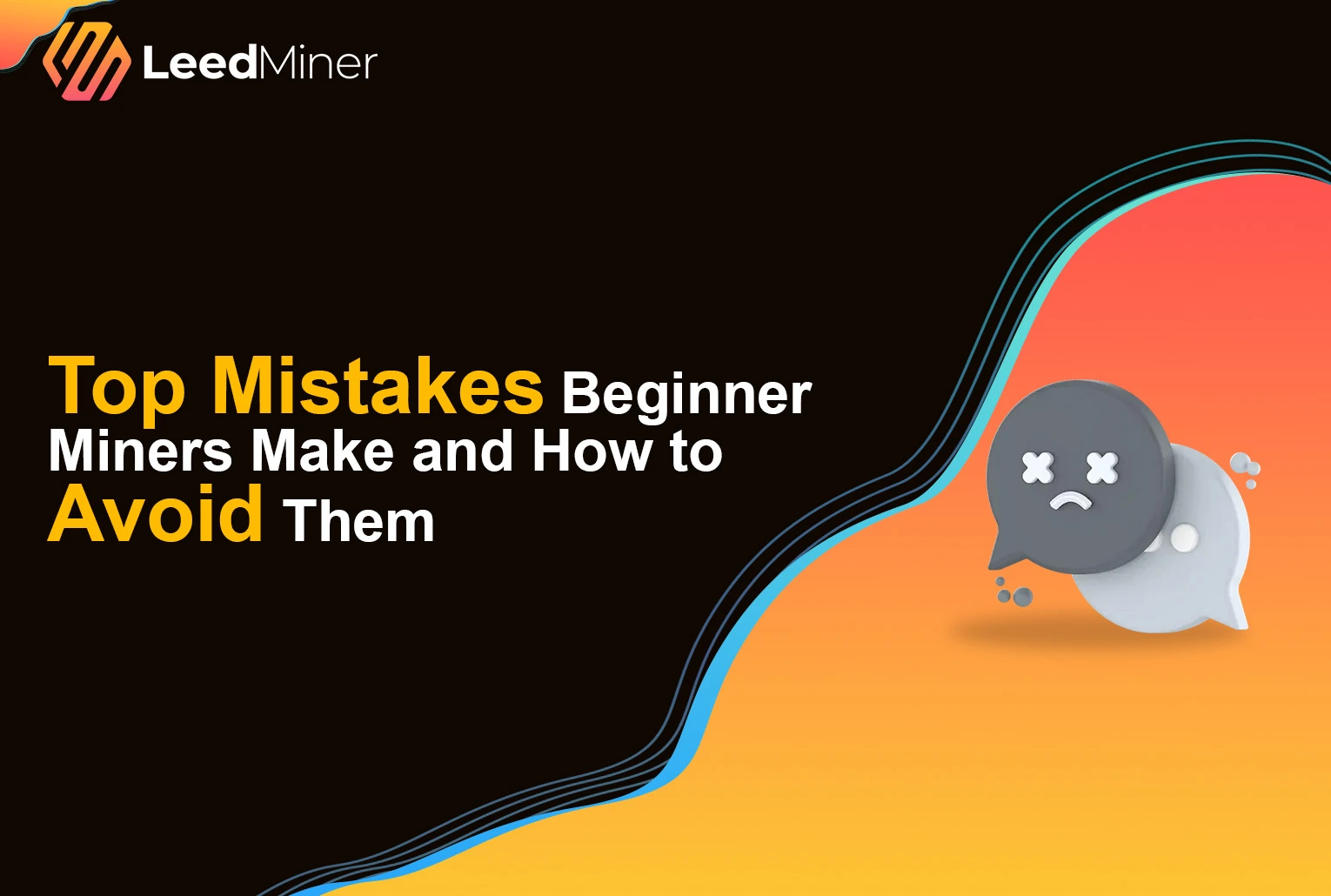SUMMARY
Cryptocurrency miningmining rewards—the incentives that keep the entire system running. In this article, we’ll break down what mining rewards are, explain block subsidies, and explore how these components evolve over time.
What Are Mining Rewards
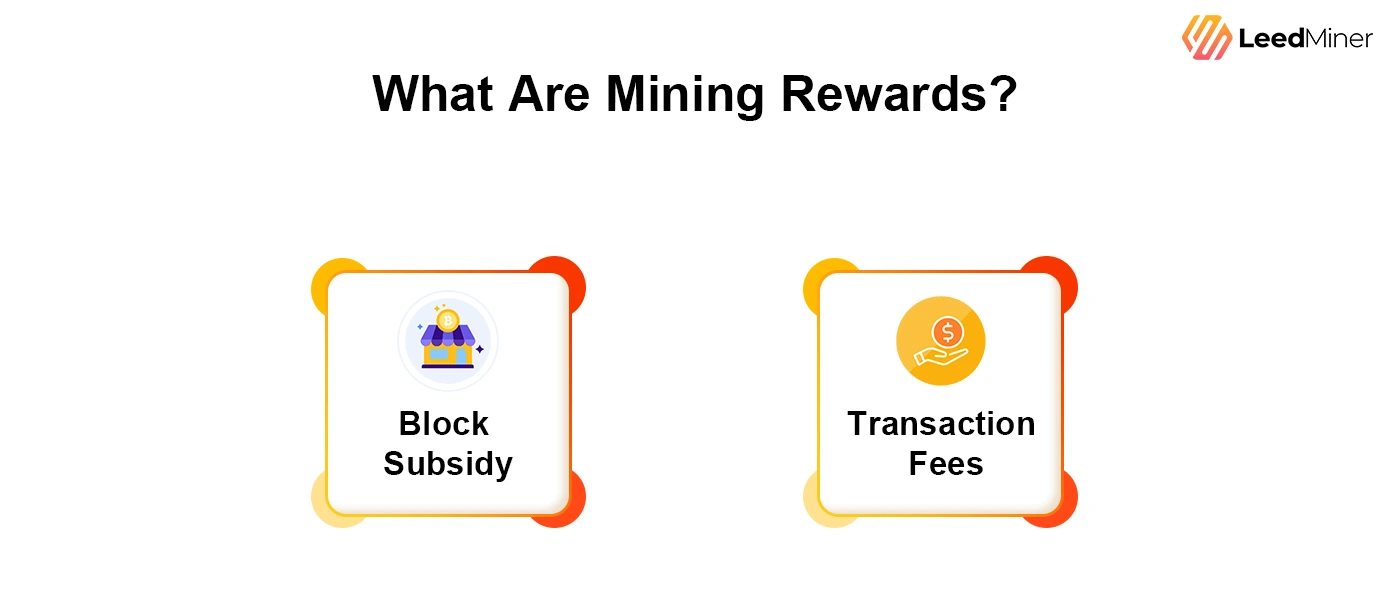
Mining rewards are the compensation that miners receive for successfully adding a new block to the blockchain. These rewards serve as a key incentive for miners to contribute their computational power (hashrate) to maintain and secure decentralized networks. A typical mining reward consists of two parts:
- Block Subsidy – newly created coins issued by the protocol
- Transaction Fees – fees paid by users for processing transactions
What Is a Block Subsidy
The block subsidy is the number of newly minted coins awarded to the miner who finds a valid block. It’s how new cryptocurrency enters circulation. For example, in the Bitcoin network, the block subsidy started at 50 BTC per block when the network launched in 2009. Block subsidies are essential in the early life of a cryptocurrency. They act as a bootstrapping mechanism—giving miners enough reward to support the network before transaction fees are sufficient.
Understanding Block Halvings
| In many cryptocurrencies like Bitcoin and Litecoin, the block subsidy doesn’t stay the same forever. Instead, it is halved at regular intervals, reducing the number of new coins created over time. For example, Bitcoin’s halving happens every 210,000 blocks (roughly every 4 years): Halving Event | Year | Block Reward |
|---|---|---|
| Genesis | 2009 | 50 BTC |
| 1st Halving | 2012 | 25 BTC |
| 2nd Halving | 2016 | 12.5 BTC |
| 3rd Halving | 2020 | 6.25 BTC |
| 4th Halving | 2024 | 3.125 BTC |
This deflationary model is designed to control supply and simulate scarcity—similar to precious metals like gold.
Transaction Fees: The Other Half of the Reward
Besides the block subsidy, miners also earn transaction fees. These are small amounts users pay to have their transactions confirmed and prioritized.
- When network activity is low, fees may be minimal.
- When blocks are full (e.g., during a bull market), users compete to get included faster by offering higher fees.
Over time, as block subsidies decrease due to halving events, transaction fees are expected to become the primary reward for miners.
The Full Picture: Block Reward = Subsidy + Fees
Let’s put it together: Mining Reward = Block Subsidy + Transaction Fees For example, in 2024 after the most recent Bitcoin halving:
- Block Subsidy = 3.125 BTC
- Transaction Fees = varies (often 0.1–1 BTC)
- Total Reward per Block ≈ 3.2–4 BTC (depending on fee levels)
This system ensures that miners are compensated fairly based on both protocol rules and market dynamics.
Why Are Mining Rewards So Important?
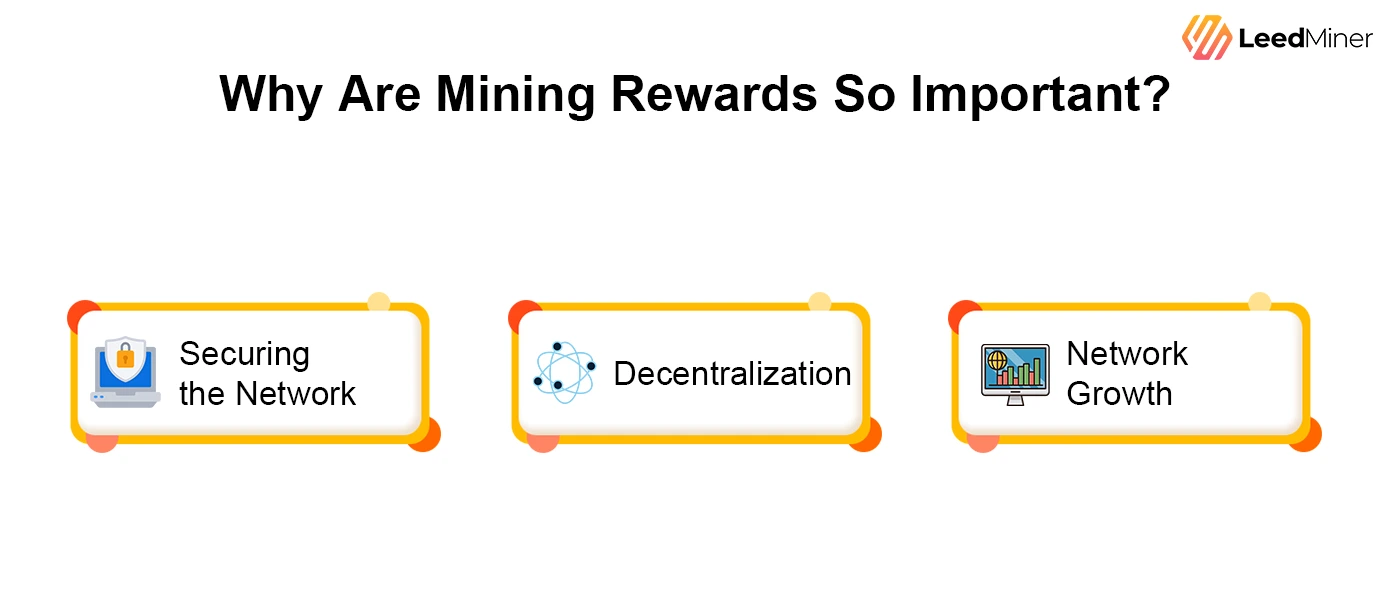
Mining rewards play a critical role in:
- Securing the Network: Incentivizing miners to contribute hashrate, which deters attacks.
- Decentralization: Encouraging many participants keeps power distributed.
- Network Growth: Rewards help attract new miners and support continuous operation.
Without mining rewards, decentralized systems would struggle to operate efficiently and securely.
The Future of Mining Rewards
Eventually, for coins like Bitcoin, the block subsidy will drop to zero (expected around the year 2140). At that point, miners will rely solely on transaction fees to earn revenue. This raises important questions:
- Will fees be high enough to support a secure network?
- Will mining remain profitable?
- Will alternative incentive models or protocol upgrades emerge?
These are ongoing discussions in the crypto community, especially for Bitcoin as it approaches maturity.
CONCLUSION
Mining rewards are the lifeblood of proof-of-work
